Carbon steel is currently a very widely used material. It is used both in popular everyday items, as well as in monumental structures or complex elements of precision mechanics. We shall be taking a closer look at the various types of carbon steel along with an overview of their applications.
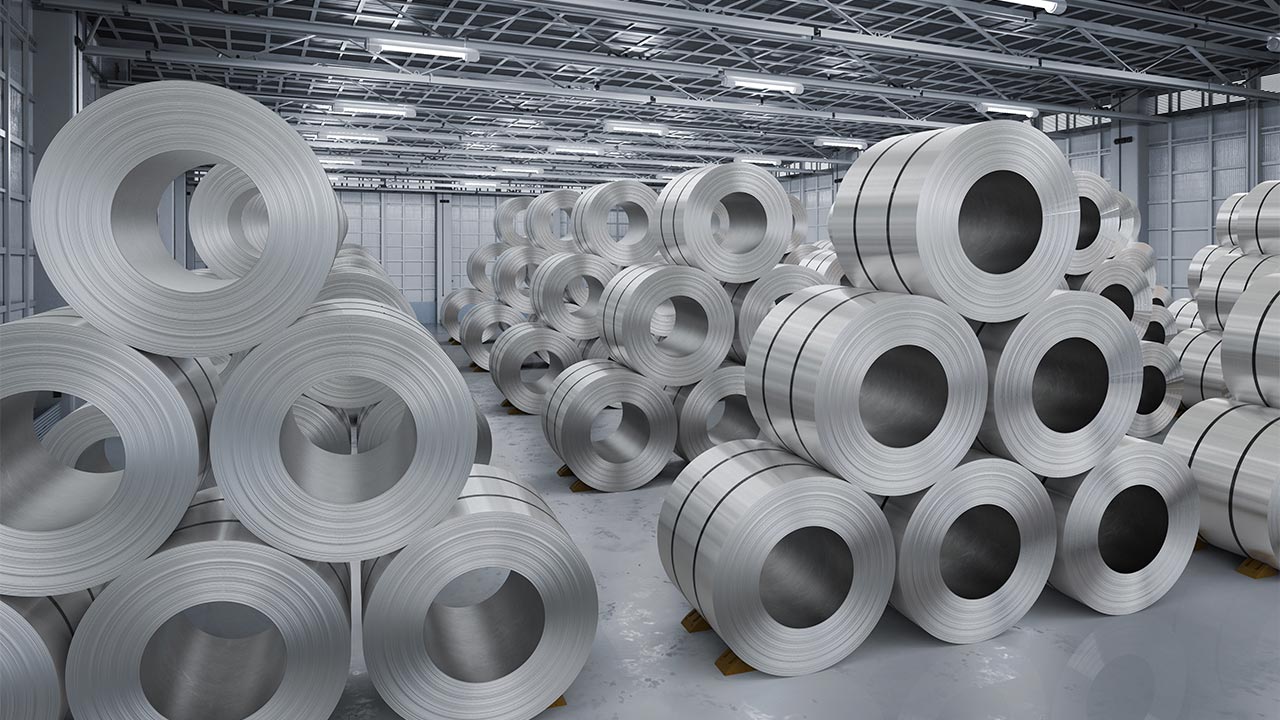
Carbon steel is currently a very widely used material. It is used both in popular everyday items, as well as in monumental structures or complex elements of precision mechanics. We shall be taking a closer look at the various types of carbon steel along with an overview of their applications.
What is carbon steel?
Carbon steel (a so-called unalloyed steel), also marked with the symbol CS (carbon steel), is – as in the case of other types of steel – a material made of a combination of iron and carbon. The content of other elements, however, does not exceed the limit values specified in the BS-EN 10020 standard. These additives usually constitute a fraction of a percent – e.g. for boron it will be less than 0.0008% and for copper 0.4%.
The popularity of carbon steel is due to its properties. It is generally easy to process and, moreover, reliable and cost-effective in the case of its typical applications.
Types of carbon steel
Carbon steels are classified according to several factors. These include the composition, properties and application. The main and basic criterion is the percentage of carbon. Non-alloy steels are divided into:
- Low-carbon steel – carbon content up to 0.3%
- Medium-carbon steel – carbon content in the range of 0.3 to 0.6%
- High-carbon steel – carbon content exceeding 0.6%
The content of phosphorus and sulphur additives determines the quality of a given type of steel. The highest quality steel cannot therefore exceed 0.03% in total, higher quality steel – 0.07%, and ordinary quality steel – 0.1%.
The level of deoxidation is also important. Killed steels have the highest degree, semi-killed steels have an average degree, and undisturbed steels have the lowest degree of deoxidation. Killed steels are usually of very high quality. A type of this kind of steel is killed non-aging steel.
Depending on the chemical composition, so-called processing steel (high or low phosphorus), casting steel (e.g. Pig-P1, Pig-P3, Pig-P6), as well as other unalloyed steels stand out.
The use of carbon steel
The division of carbon steels would be incomplete without distinguishing the types according to their application. We distinguish them as:
- Structural steel – very popular, used in the creation of steel structures (bridges, load-bearing frames, beams), parts of devices and machines with typical applications.
- Tool steel – used for the production of e.g. drills, blades, discs. An additional requirement for this steel is usually so-called shallow hardening. It makes the surface of the tool very durable, while the interior is resistant to impacts and does not crumble.
- Steels with special physical and chemical properties – used in specialised devices operating in extremely difficult conditions. They should have properties appropriate for their given working environment.
Carbon content in steel
The carbon content in steel affects its properties – strength, ductility and weldability. Low carbon steel is usually characterised by its so-called softness and good weldability. For this reason, it is often used for the production of sheets, deep-pressed parts, wires, etc.
Medium-carbon steel is stronger than low-carbon steel, but more difficult to form, weld and cut. Often, additional tempering is used for hardening. The properties of this type of steel make it used in the production of e.g. parts for motor vehicles, as well as forged elements.
High-carbon steel is the most difficult to cut, bend and weld. Additionally, after tempering, it becomes hard and brittle. It is used in the production of tools, sword blades or specialised springs.
Welding of low-alloy steels
All types of low-carbon steels have good overall weldability. However, as the percentage of coke increases, so does the risk of so-called cold cracks formed during the cooling of the weld. When dividing low-alloy steels according to their weldability, the carbon equivalent (CE) criterion is applied. When determining it, the composition of a given steel should be known and the formula CE = C + Mn / 6 + (Cr + Mo + V) / 5 + (Ni + Cu) / 15 should be used. Depending on the result obtained:
- CE < 0.42% characterises easily welded steel
- CE = 0.42-0.60% refers to steels with limited weldability
- CE > 0.60% indicates a difficult-to-weld steel
Special methods should be used for welding difficult-to-weld steels. Popular technological methods include:
- Preliminary heating
- Low hydrogen welding processes and determining the correct design solutions for joints
- Increasing the linear energy of the arc
Weldable low-alloy steels do not have special requirements regarding the devices used for their joining. Welders used for welding carbon steels can be any of the most popular types – MIG/MAG, TIG or MMA. Choosing the right equipment depends mainly on you skill level of welding and your quality requirements regarding the weld. If it is to be high, or you need to weld small elements or fill gaps (incompatibilities, cracks), the best choice are more precise TIG welders.
Summary
Carbon steel is a material widely used in a number of industries. The number of various types with different properties allows you to choose the right one according to your needs. Due to the relatively low price and easy processing, low-carbon steel is ideally suited for most common structural applications. And what’s important, it lets you significantly reduce investment costs.
Varieties with a higher carbon content are commonly used for more professional applications. While relatively cheap on the one hand, their parameters often turn out to be sufficient for the production of tools and more advanced products, such as machine parts.
There are also special purpose carbon steels. These are manufactured for strictly defined commercial purposes (e.g. ship parts, electrodes), and their properties are regulated by detailed requirements of technical standards and acceptance conditions.

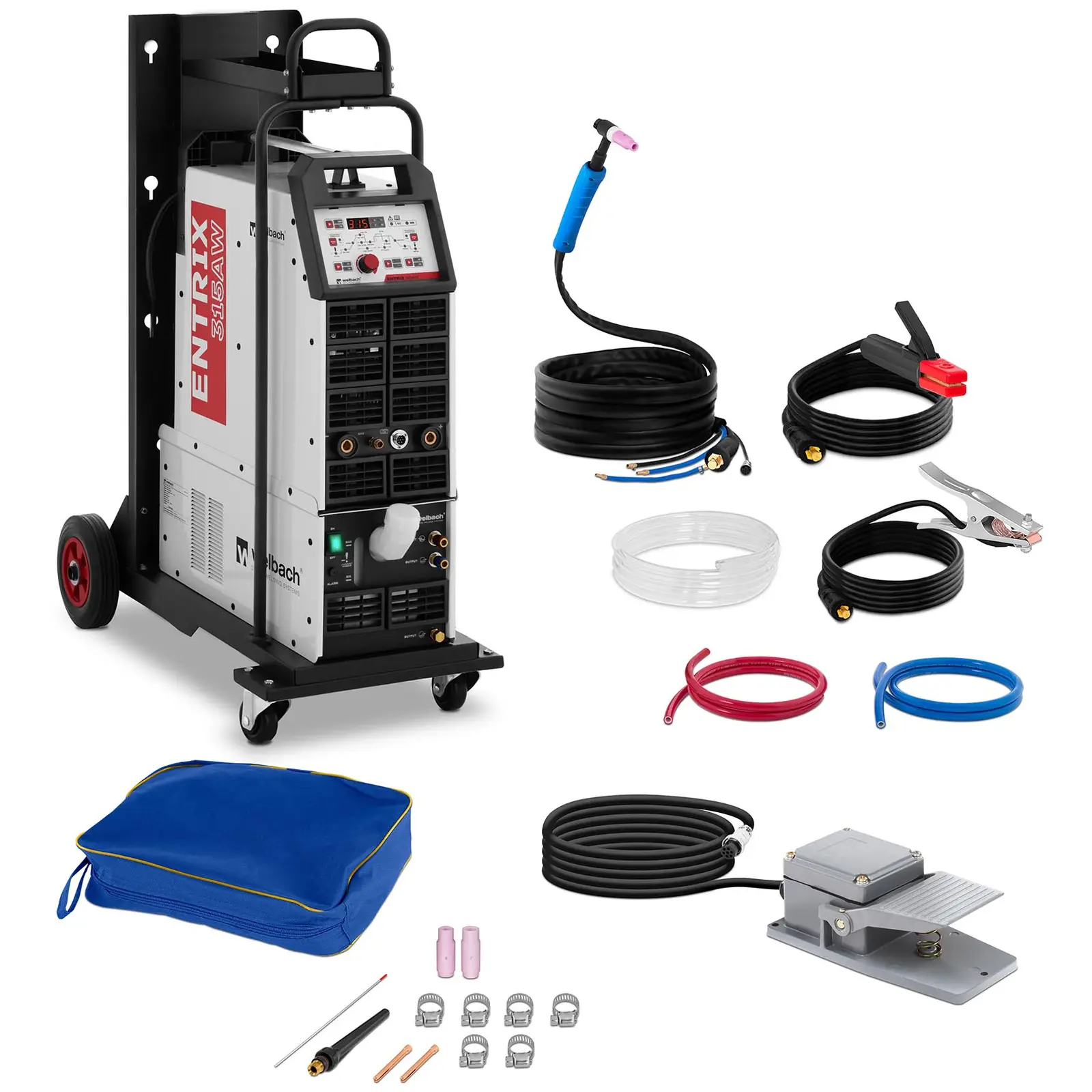




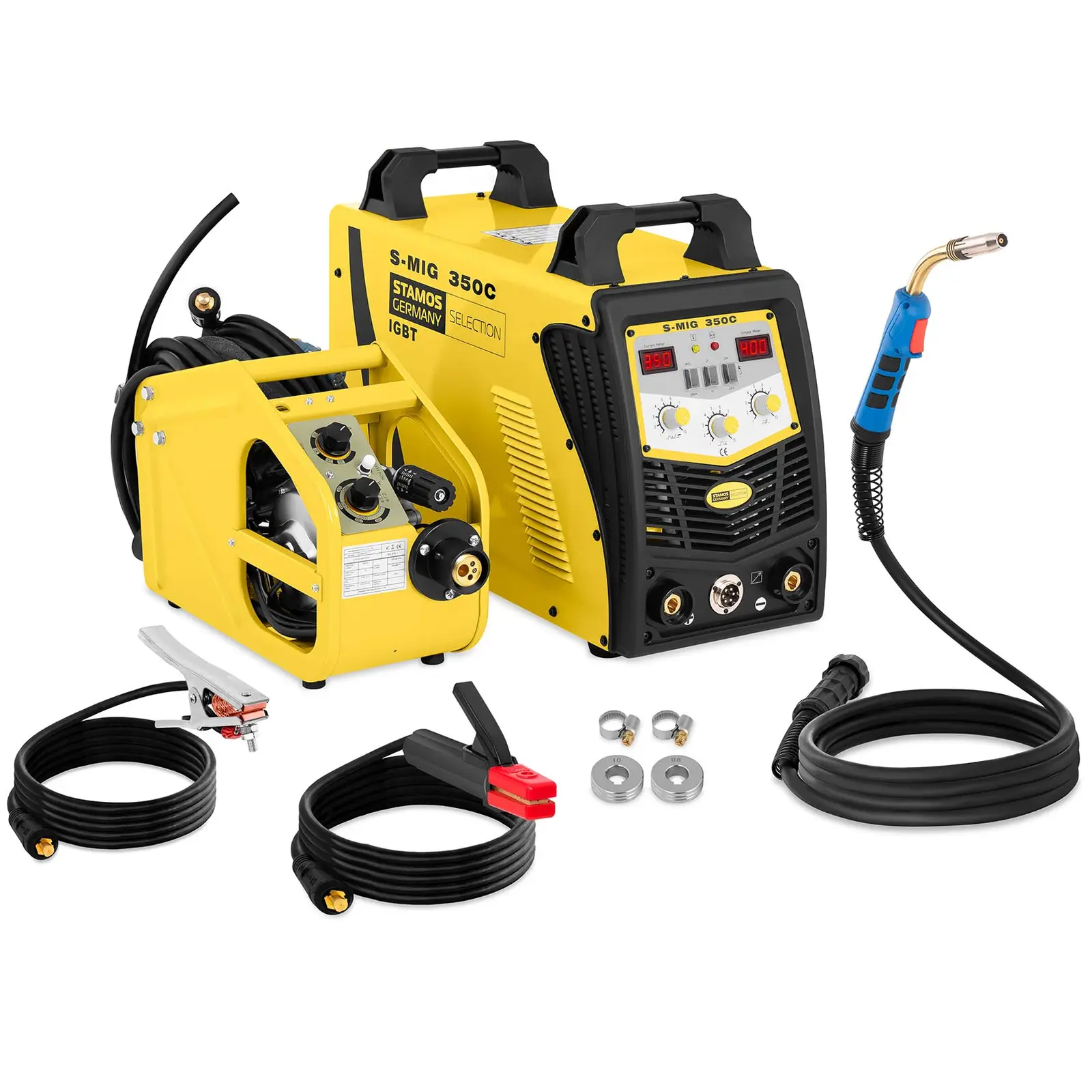
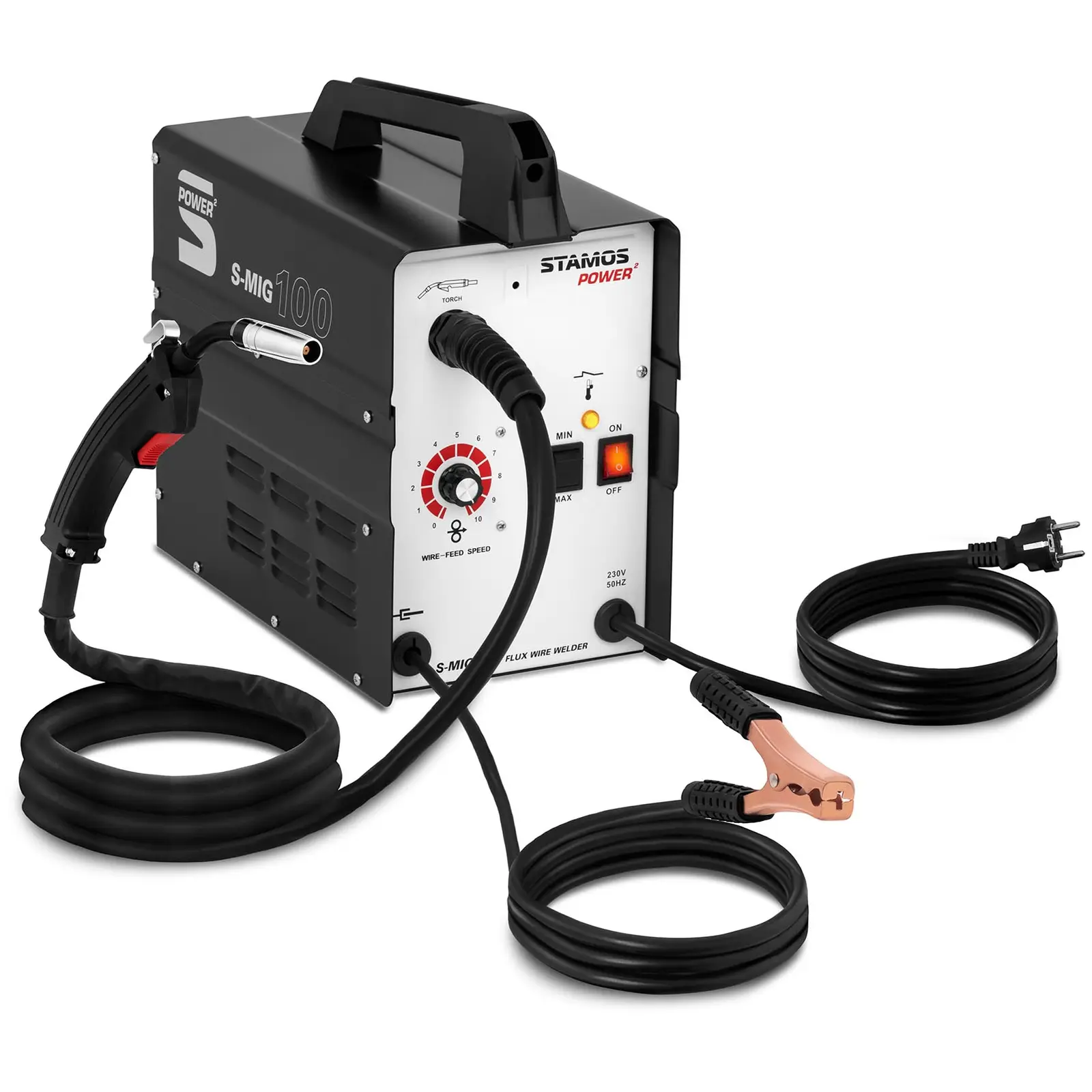

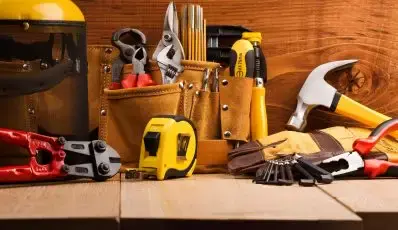
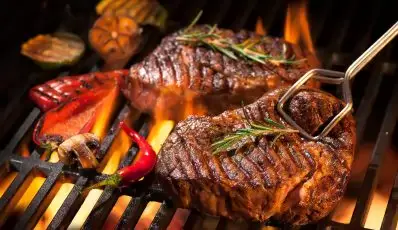

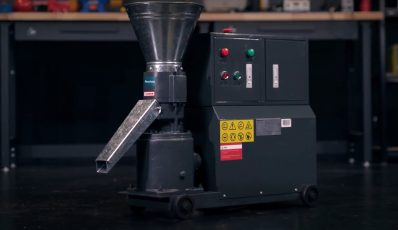

Share